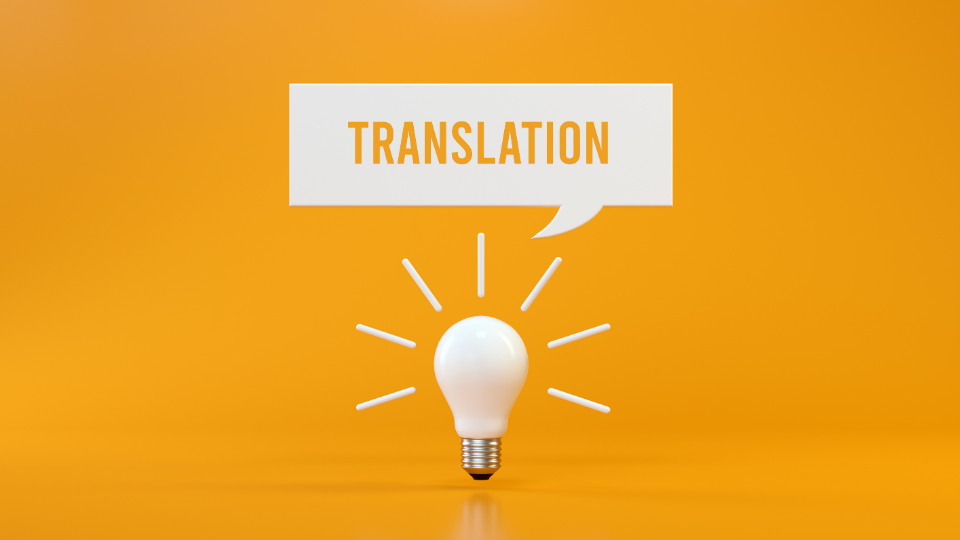In the last few years, translation technology has undergone major evolutions. Among the main tools that come into play when assisting the translator’s work are CAT tool software and machine translation engines (MT). Let’s see what they are and how they differ.
Computer-Assisted Translation: CAT tools
CAT tools (Computer-Assisted Translation tools) are software applications that aid translation by simplifying the work for the translator through integrating two fundamental features: translation memory (TM) and glossaries.
Unlike machine translation, this software does not replace the translator but instead aids the process and helps to create considerably more consistent translations.
When should you turn to a professional?
When a company needs to translate lots of texts that contain many repetitions of the same words or sentences, for instance technical texts or websites, turning to a translator who uses CAT tools professionally is the right choice.
In fact, by integrating TMs and glossaries, the software will automatically insert parts of the text that have already been translated or saved before. These repetitions are considered by the programme when producing the wordcount to suggest a quote and the cost of the translation will lower accordingly.
The TMs and glossaries are built on with every text that is translated; consequently, the more assignments you give to a translator, the more costs and turnaround time will be reduced, while a high level of translation quality and consistency is still maintained.
Machine translation
Machine translation (MT) is a process that allows a software to translate a text from one language to another without the intervention of a human translator.
Should you blindly trust machine translation?
Even though we all use this technology, machine translation is not perfect and – contrary to popular belief – cannot replace a human translator (though we do discuss this ironically in this article on our blog).
The most popular MT engines are general-purpose and do not make use of TMs or glossaries like CAT tools do. This often leads to translation errors or inconsistent terminology use within the same text, at which point a professional must intervene.
How can you professionally use machine translation?
Language service providers also offer a ‘post-editing’ service to clients, whereby they step in to check the machine translation output. There are two types and they differ according to the intended use of the final text and the level of quality required:
- light post-editing: this involves correcting spelling errors, inaccuracies and everything that hinders the understanding of the text. This is very basic editing and is therefore generally used for texts that are limited to internal use.
- full post-editing: in this case, the work comes as close as possible to a revision. The linguist corrects the text, using adequate terminology, making the style more fluid by changing punctuation or even rewriting some sentences, all to make the translated text publication ready. In these cases it is best to follow the ISO 187587 standard.
The most popular Computer-Assisted Translation software applications also allow for the integration of various machine translation engines within their own translation programmes, which means both translation memory and machine translation can be used for a project, speeding up the work process and reducing costs.
Moreover, it is possible to customize a machine translation engine: this is a major investment, but it means the engine will be ‘trained’ according to industry or even company specific texts. This means the engine specializes in the language and tone of voice and gains precision in the translation process.
Industry professionals can help clients choose the best translation process for them by analyzing the texts, intended audience and evaluating which translation engine will give the best results. In fact, it is advisable, with the support of a language service provider, to spend time conducting a preliminary analysis to make the best use of machine translation and Computer-Assisted Translation tools.
Rachael is a young but talented colleague, who specializes in translations from French and English into Italian. After graduating in the UK, she moved to Italy where she taught English as a foreign language to Italian students and where she learnt the real Italian she needs to fully understand the source texts and translate them into English. She has also worked as an intern at AlfaBeta's office in Rome and is now one of our youngest freelancers.


